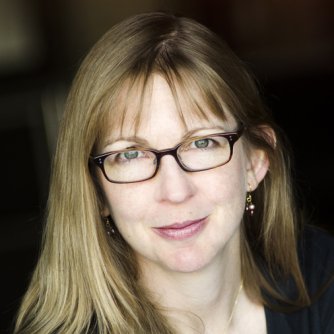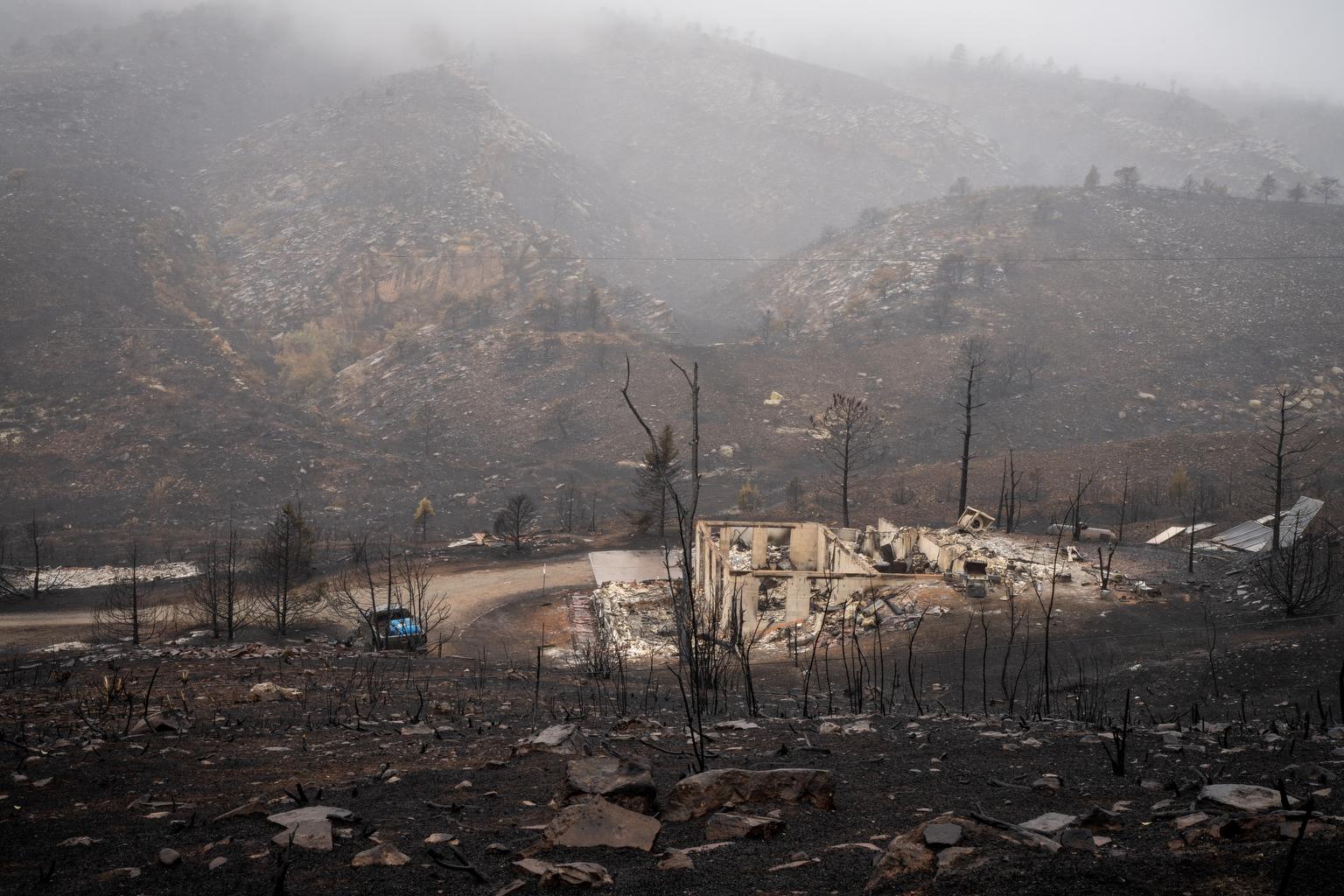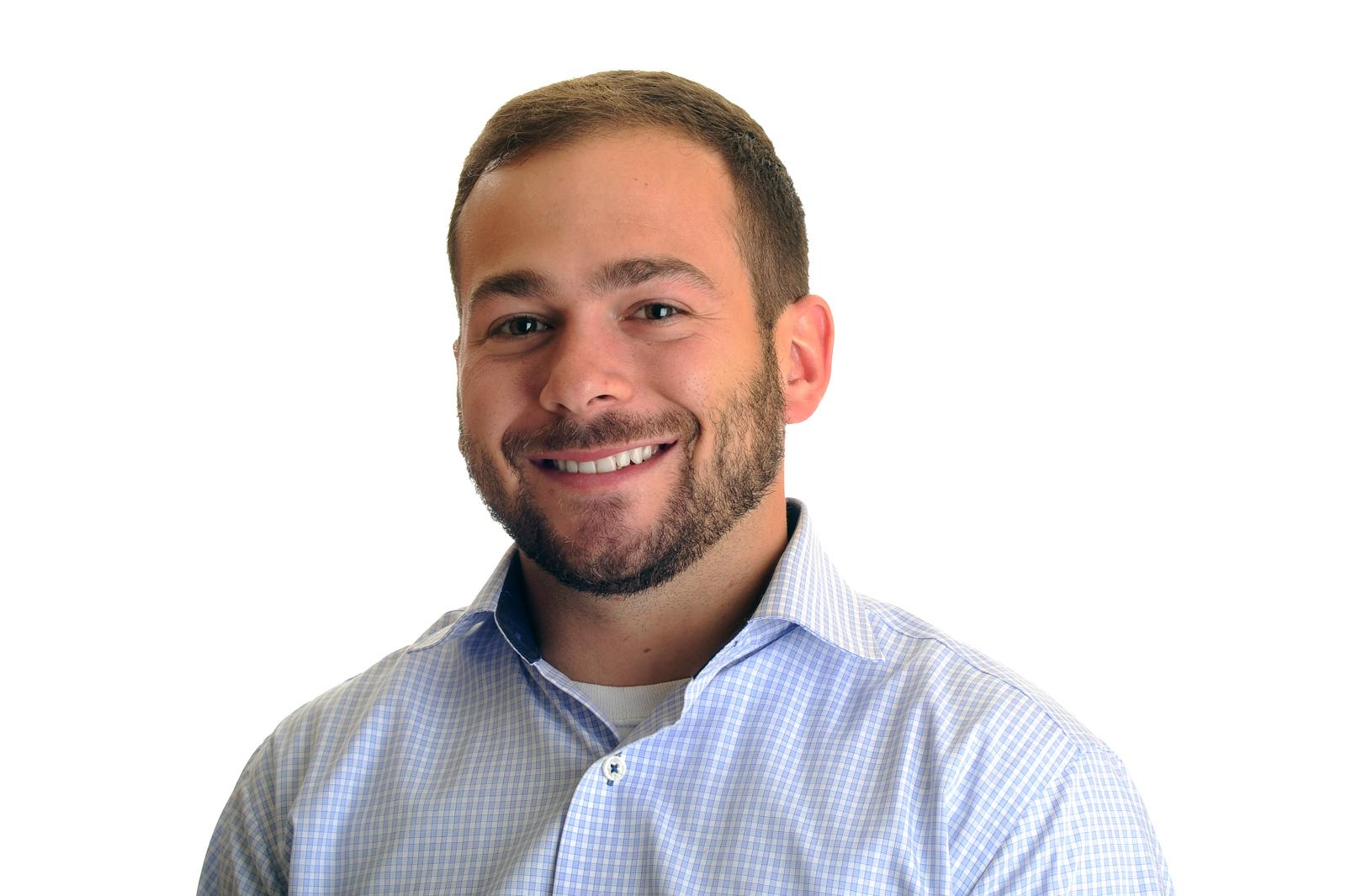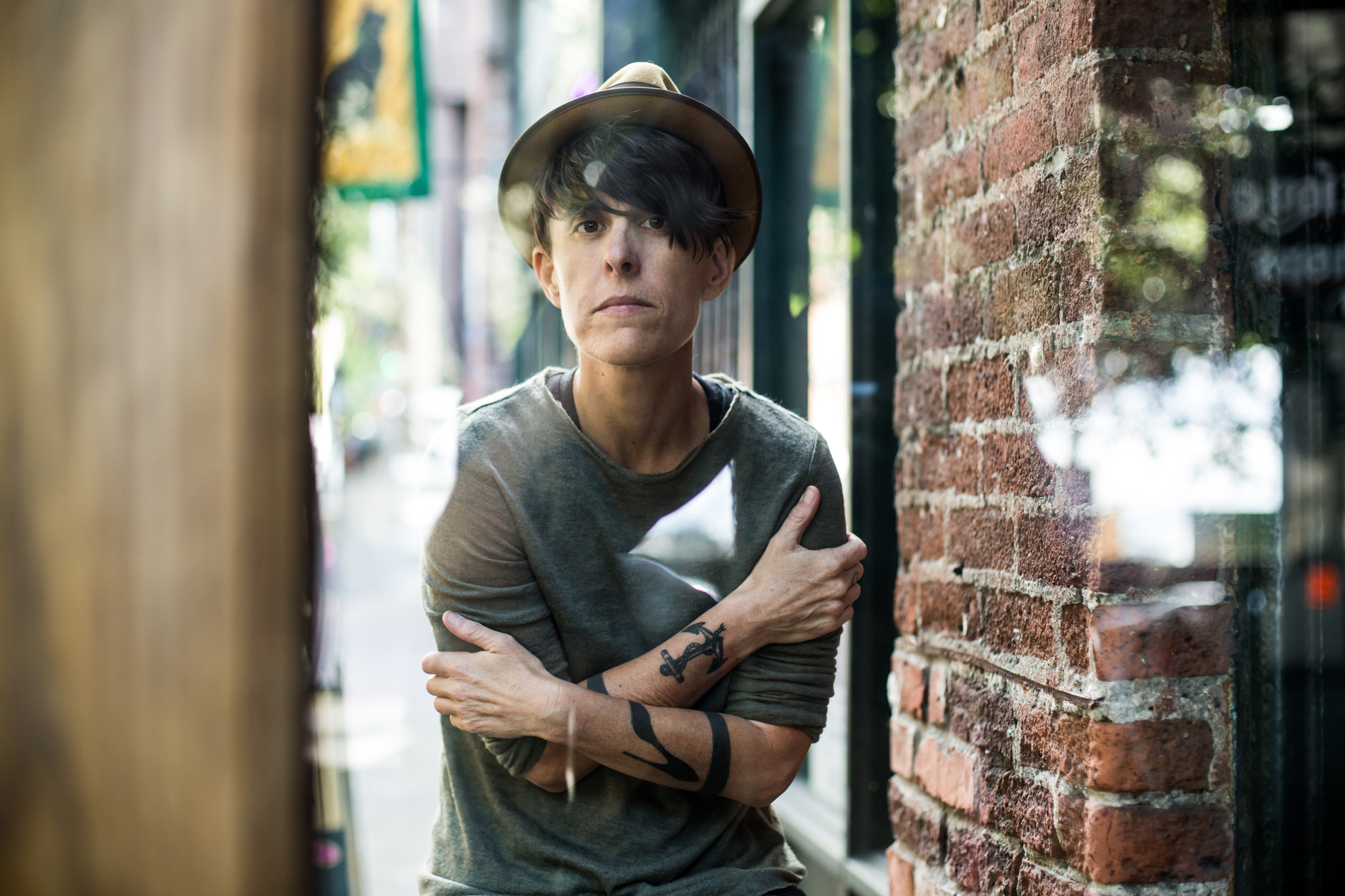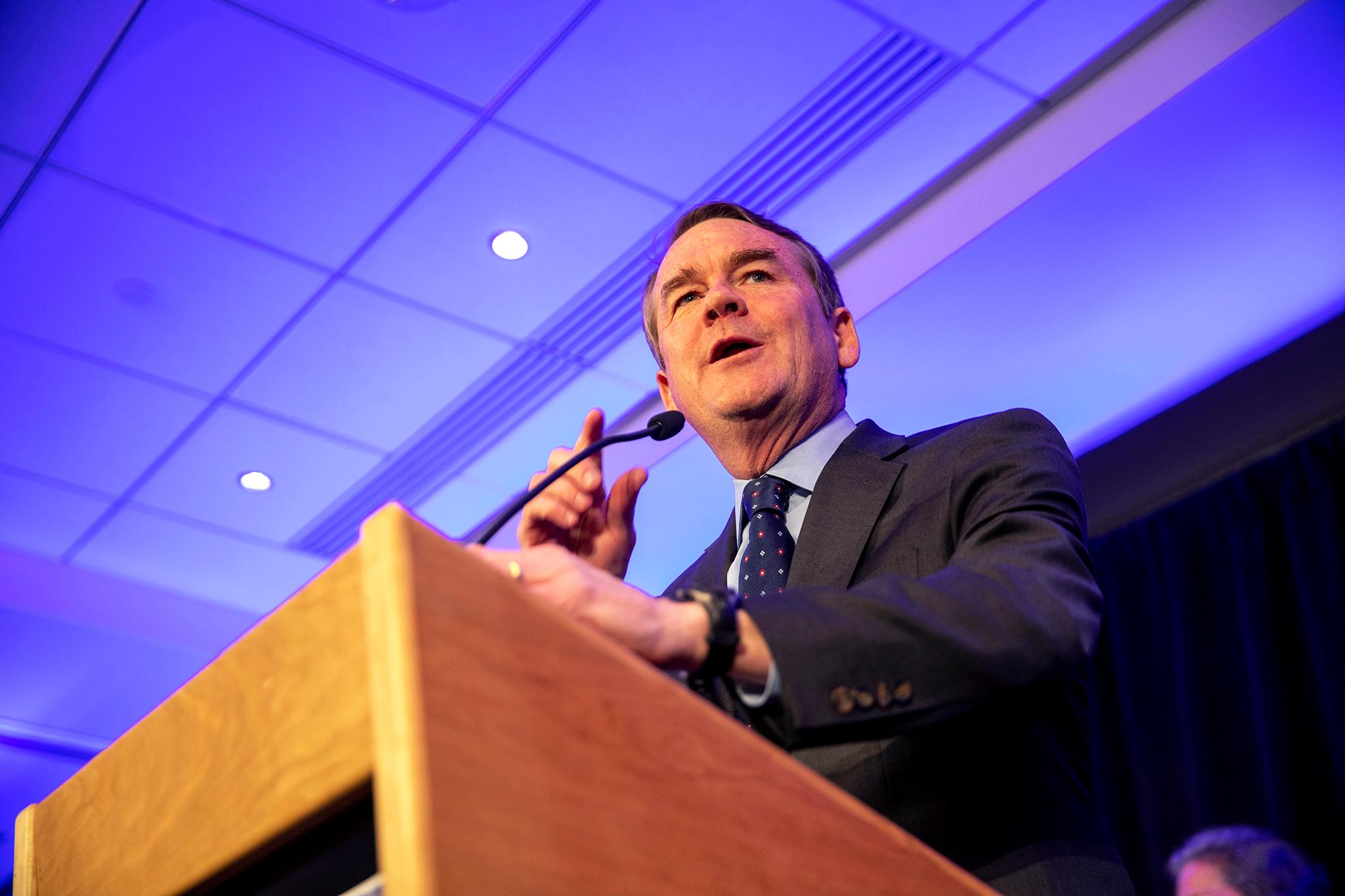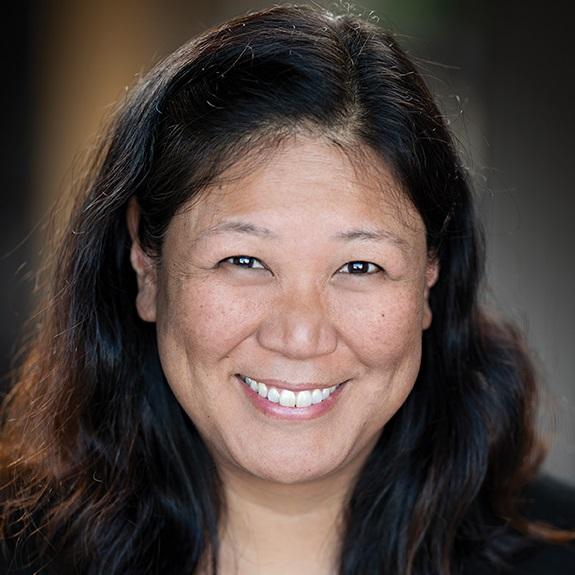The San Luis Valley is one of Colorado’s best areas for solar power - lots of sun and clear atmosphere. That’s what a state report found 4 years ago. Now those trying to develop that resource are learning the valley has a distinct downside - a lot of residents simply don’t want big solar projects there.
[Suncatcher Photo Credit: Ceal Smith]
Read more about solar projects being considered by Saguache county at its Land Use Office Website
_________________
Stand on a dirt road in the middle of the northern San Luis Valley on a winter morning and the silence is striking, only a thread or two of bird song and a maybe a distant car engine disturb the stillness. This quiet is something people who live out here cherish. Looking out across miles and miles of sage brush the tallest things out here -- other than the distant mountains -- are a couple of gaunt trees and a power line.
This scene could change though. Saguache county commissioners are currently considering a proposal a giant solar array right near here. It would create a new landscape of thousands of 30-foot high dishes. And, most disturbingly to some who live out here, thousands of rumbling engines.
The proposed technology, called a Suncatcher, concentrates daylight in a mirrored dish to power a generator. The company Tessera Solar wants to install close to 6,000 of these patented dishes on 1500 acres of the San Luis Valley, a facility they say could generate 145 megawatts of electricity. Suncatchers are one of a couple of new solar technologies being proposed for sites in the valley. And it’s forcing residents like Julie Sullivan to rethink how they look at renewable energy.
SULLIVAN: "I personally, as someone who used to teach environmental studies at the college level, never would have I’d be standing up in a public meeting and saying I’m against a solar project."
But Sullivan’s been doing a lot of that lately; the ranch she and her husband own sits right next to where Tessera Solar wants to build. Sullivan takes me out to her eastern fenceline, the border of Tessera’s proposed installation.
SULLIVAN: "I’ll come out here sometimes and there’ll be mother deer who’ve stashed their fawns here in the brush and there’s tons of elk through here, lots of water birds. So it’ll change, it’ll change the place."
Beyond just losing the wild character of the place, Sullivan has a lot of practical concerns about her potential new neighbor: would the noise stress her cattle? Would dust make them sick? Can her ranch survive next to such a large industrial operation?
SULLIVAN: "Nobody’s gonna want to buy this place, with this going in, except Tessera, if they want to expand. I mean, basically it turns all of the surrounding land into something that’s not good for anything other than industrial development."
Throughout the San Luis Valley, communities are wrestling with questions around solar development. Tessera’s one of two companies trying to locate huge arrays in the northern end of the valley. Further south, residents are fighting a new transmission line intended in part to get electricity from solar installations onto the grid. Take these projects together and it starts to look like the San Luis is at a critical moment. Saguache county commissioner Sam Pace.
PACE: "I’d say of the all the things that have come forward for me in this job it’s one of the most, if not the most difficult one."
Saguache County Commissioners have to approve a permit before Tessera can move forward with its installation. Tessera estimates its array will bring $1.5 million tax dollars a year and up to fifty new jobs to the struggling county.
PACE: "Anybody’s ever run for commissioner, everybody’s always saying, well, why don’t we get more jobs and more economic development? Why do our kids always have to leave to go out and get jobs?"
Eating lunch at the Oasis Restaurant in the county seat of Saguache, Laura Weaver is hoping for more development. Life in the valley, she says, is not easy.
WEAVER: "You either have to be self-employed, you know, ranchers, farmers. Or drive 90-miles round trip to a city to have a work, so I think it would be a good thing. Maybe not the most beautiful thing on earth, but I don’t think it will blight."
Blight is exactly what some here worry big solar projects could become. And they see a lot of unanswered questions in what’s being proposed: what’s the risk for industrial accidents? The risk to wildlife. How much traffic and disturbance will they cause?
At a recent public meeting, Tessera representative Randy Etheridge tried to convince the mostly hostile audience that the planning process will answer those questions.
ETHERIDGE: "This work has been done before. Power plants have been built before, large shopping centers have been built before in rural communities. When Walmarts move in in rural communities they go through transportation planning. So it’s not entirely unique."
Etheridge though is up against some pretty practiced opposition. People here talk about how they fought off oil and gas development and Front Range water grabs. Opponent June Savage says it’s not Saguache County’s responsibility to provide renewable energy for the rest of the state. And she worries that much of the solar technology proposed for the valley has never been tried on this scale before.
SAVAGE: "We’re being used as guinea pigs. They’re doing their science projects here in the San Luis Valley."
People fighting renewable energy projects have more tools at their disposal than those trying to block more traditional forms of energy development. Mining and oil and gas drilling are all controlled by laws written when extraction was the main business of the West. With renewable energy development, local officials have a lot of say. They can control how big projects are, how much noise they can make, and lots of other things. Democratic state senator Gail Schwartz represents the San Luis Valley. She says it’s important for local communities to have the last word on what gets built, but also that they shouldn’t just say ‘no’ to projects out of hand.
SCHWARTZ: "We all are making some sacrifices to live in a 21st century society. All of our resources are being challenged and tapped to develop energy. And we also have to look at private property rights."
In the San Luis valley there seem to be plenty of large landowners interested in doing business with solar companies, including Julie Sullivan’s neighbor. Back at her ranch, she says feels for families searching for work and understands why they’d consider a major solar project a benefit, even if it might cost her family their home.
SULLIVAN: "I think it would break our hearts. Not that that’s more important than someone who needs a job. I’m not saying that it is. But I want to believe that there’s a way to support economic development in this county and not destroy one of the things that’s made this place a good place to live."
Sullivan says one reason she and other opponents are fighting so hard against this first major solar development is that they want to set a precedent for how other renewable projects are reviewed. Saguache county commissioners are expected to finish their review early next year and decide whether or not to go forward with the valley’s first major solar plant.
